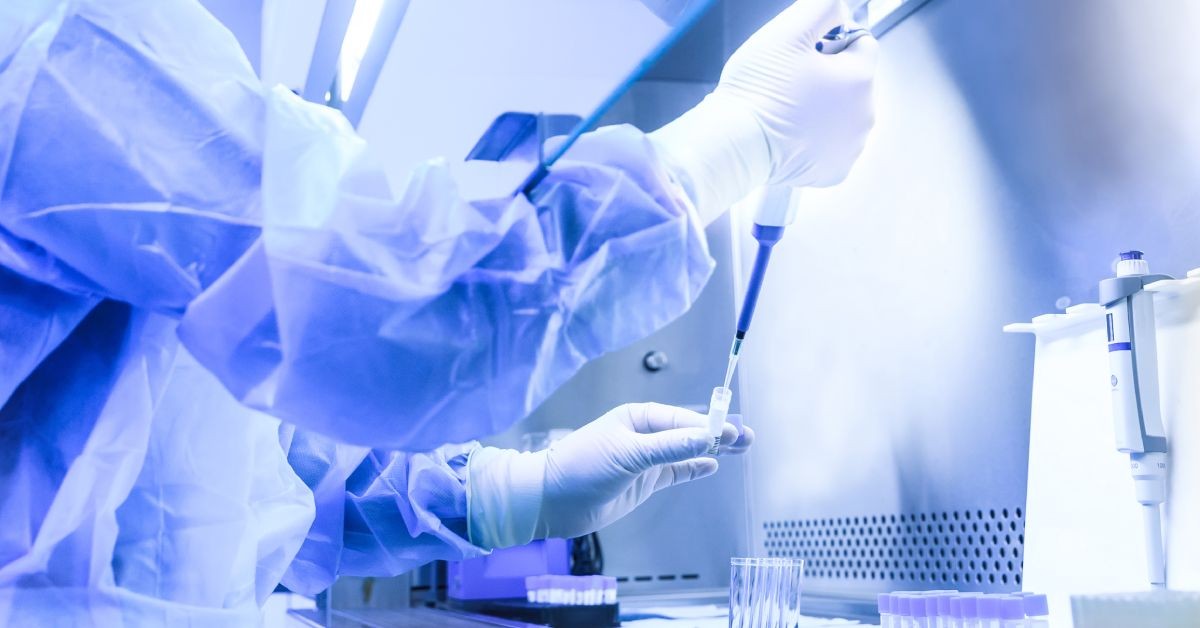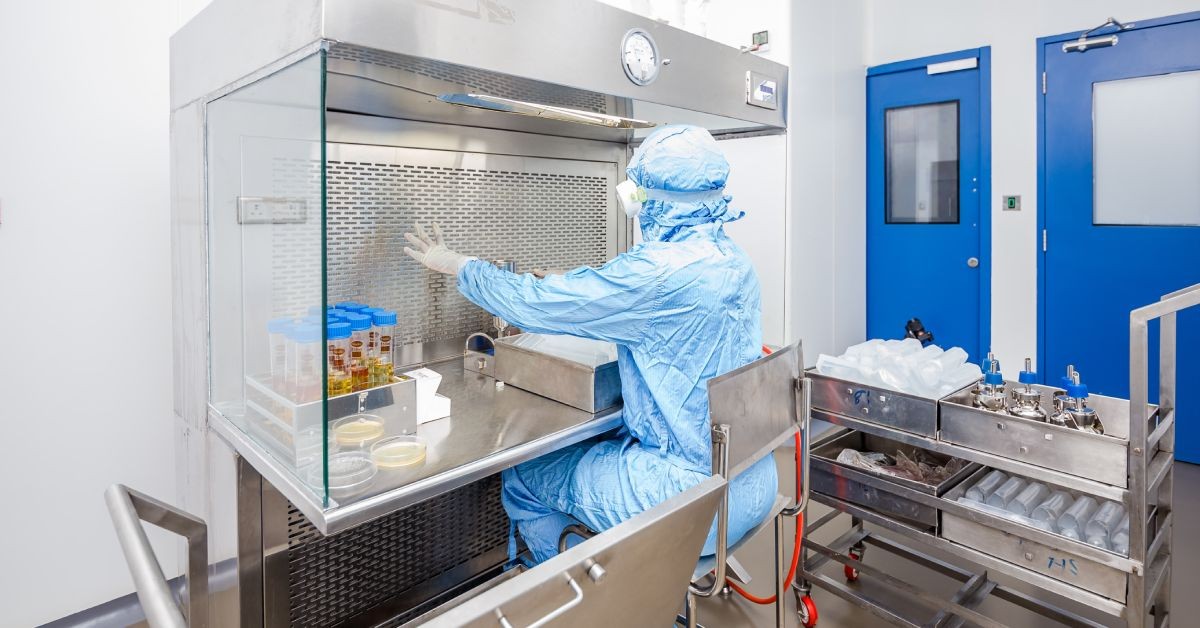How To Reduce False Positives in Sterility Testing

Sterility testing is a critical process across pharmaceutical, research, and clinical laboratories. It ensures that products, environments, and tools meet the strict requirements for sterility to prevent contamination risks and protect public health. However, false positives in sterility testing can undermine the credibility of results, delay projects, and increase operational costs. Addressing this challenge requires a comprehensive understanding of the root causes and the implementation of precise, scientific measures to minimize them.
This guide will explore the fundamentals of sterility testing, the common factors that contribute to false positives, and actionable strategies to enhance accuracy and reliability in sterility testing processes. Find out how to reduce false positives in sterility testing so you can start making the right improvements immediately.
Mastering the Basics of Sterility Testing
Sterility testing is not simply about the absence of microorganisms; it is an intricate process designed to verify that products or environments remain uncontaminated under strict conditions. The standard methodologies for sterility testing—such as membrane filtration or direct inoculation for products and swabbing or biological indicators for environmental contamination—require meticulous oversight, particularly in sterile pharmaceutical production settings. Any lapse in procedures, from sample preparation to incubation, introduces the risk of errors. Therefore, a detailed understanding of these processes forms the foundation for addressing false positives effectively.
Pinpointing Common Factors Behind False Positives
False positives occur when test results indicate microbial contamination despite the actual absence of viable microorganisms in the tested sample. These inaccuracies are typically driven by contamination during sample handling and processing, such as exposure to airborne particles in poorly controlled environments or lapses in personal protective equipment protocols.
Handling errors, including improper sample transfers, also play a significant role. Residual chemicals or improperly sterilized tools within the testing system can further exacerbate false positive results. Recognizing these underlying issues is the first step toward mitigating risks.
Trust Starts with the Test: Validating Your Validation Tools
Even the most meticulously executed sterility testing protocols can be undermined by poor-quality validation materials. Whether you're using swabs, contact plates, or biological indicators (BIs), it's essential that these materials are not just assumed to be effective—but proven to be. Any tool used to challenge or measure microbial presence must be validated for its potency, accuracy, and purity.
For biological indicators in particular, this means verifying that they contain a consistent and known concentration of a highly resistant microbial strain—typically Geobacillus stearothermophilus or Bacillus atrophaeus—with a documented D-value (decimal reduction time) that reflects their resistance to disinfection. This ensures the indicator provides a stringent and meaningful challenge to the sterilization process. Likewise, swabs or other sampling tools should be manufactured and handled in a way that prevents contamination and ensures efficient recovery of microorganisms from surfaces.
One of the most reliable ways to confirm the credibility of your test materials is by requesting and reviewing a Certificate of Analysis (CoA) for each batch. A CoA serves as documented proof that the product meets strict manufacturing and performance standards, including organism identity, spore population, D-value, and absence of extraneous contamination. Without this certification, there's no guarantee that your test materials are suitable for sterility assurance.
In sterility testing, the tools used to verify cleanliness must themselves be clean, consistent, and scientifically sound. Validating your validation materials is not redundant—it's the first line of defense against false results and flawed conclusions.
Aseptic Techniques as Pillars of Accuracy
Just as important as using quality testing materials, proper aseptic techniques are critical to sterility testing. Ensuring contamination-free testing environments necessitates precision in every procedure—from routine handwashing to the use of sterilized equipment.
Operating under laminar flow hoods within cleanroom suites ensures that the testing atmosphere remains free from contaminants. The consistent application of aseptic strategies minimizes human error and protects against cross-contamination, which significantly reduces the incidence of false positives. Thanks to modern tools and techniques, such as a hydrogen peroxide decontamination system, labs can more reliably easily control contamination in a cleanroom.
The Importance of Validating Disinfection Protocols
Ensuring that disinfection processes are not only effective but also consistent remains a critical requirement in sterility testing workflows. Disinfectants must be evaluated rigorously to ensure that they eliminate contaminants without introducing chemical residues that could interfere with precision instruments or misrepresent results. Evaluation should include everything from making sure the product is federally approved (EPA-registered) to testing in situ with biological indicators. Periodic validation of cleaning products and schedules is necessary to instill confidence in their efficacy while avoiding unnecessary false alerts.

Elevating Standards Through Training
One of the best ways to reduce false positives in sterility testing is to ensure the competency of the staff performing sterility tests. Regular training refreshes essential aseptic practices and acquaints personnel with changes in techniques or technologies. Reinforcing understanding through ongoing educational programs helps laboratory professionals execute tasks more carefully and identify sources of environmental contamination proactively. A culture of continuous learning improves confidence and accuracy within sterility testing teams.
Instituting robust auditing and assessment programs can further elevate training outcomes. By periodically evaluating employee performance and aligning it with defined competencies, organizations can identify gaps and address them with targeted interventions. This enhances individual proficiency and reinforces the collective commitment to maintaining the highest level of sterility standards. Training, when properly implemented, becomes a force multiplier, ensuring that every member of the team contributes meaningfully to the integrity and reliability of testing operations.
Sterility assurance testing
Maintenance and Calibration as Critical Safeguards
Neglecting maintenance schedules for sterility testing equipment can lead to inadvertent inaccuracies during procedures. Instruments such as incubators, autoclaves, and filtration systems must undergo routine calibration to ensure they function according to specification. Small deviations in machine performance may trigger flawed results, which is why preventive care and timely intervention are indispensable to overall accuracy.
Innovations in Rapid Microbial Detection
The advent of rapid microbial detection technologies offers an advanced approach to sterility testing. Unlike traditional methods, which can take days for results, rapid techniques use biochemical markers or advanced imaging systems to identify potential contaminants within hours. These tools not only accelerate workflows but also provide higher resolution in identifying contamination sources, thereby eradicating potential pathways for false positives. Integrating such systems bolsters confidence in testing outcomes and enhances operational efficiency.
The Value of Robust Data Monitoring
Beyond individual testing events, laboratories that monitor long-term trends in their data are better equipped to identify recurring patterns of false positive results. Advanced analytics tools allow professionals to visualize data and correlate incidents with environmental or procedural factors. Actively studying these trends enables preemptive measures that eliminate vulnerabilities and optimize accuracy over time.
Consistent and rigorous data review also reinforces compliance with regulatory standards. Cleanroom operations and sterility testing protocols are often subject to scrutiny by regulatory bodies, and comprehensive datasets provide the necessary documentation to demonstrate adherence to required benchmarks. A robust data monitoring framework not only enhances the reliability of sterility testing but also bolsters overall operational efficiency and credibility.

Leveraging Consultation for Expert Guidance
No laboratory operates in isolation, and sterility testing professionals benefit significantly from external expertise. Collaborating with technical specialists or consulting with organizations that specialize in sterility management ensures that laboratories remain aligned with evolving best practices. Whether troubleshooting persistent false positives or revamping existing systems, seeking external input fosters innovation and sustained improvement in testing outcomes.
Elevating Accuracy Every Step of the Way
Reducing false positives in sterility testing requires a multifaceted approach where precision, consistency, and innovation come together. By understanding the root causes of inaccuracies, refining aseptic techniques, stabilizing environmental conditions, and pursuing staff competency, laboratories can greatly enhance their confidence in sterility testing results.
Combining these strategies with continual investment in advanced technologies and expert consultation ensures the highest standards of accuracy and reliability. Discover more about keeping your testing environments impeccable and your processes error-free by connecting with leading experts in sterility verification solutions today.